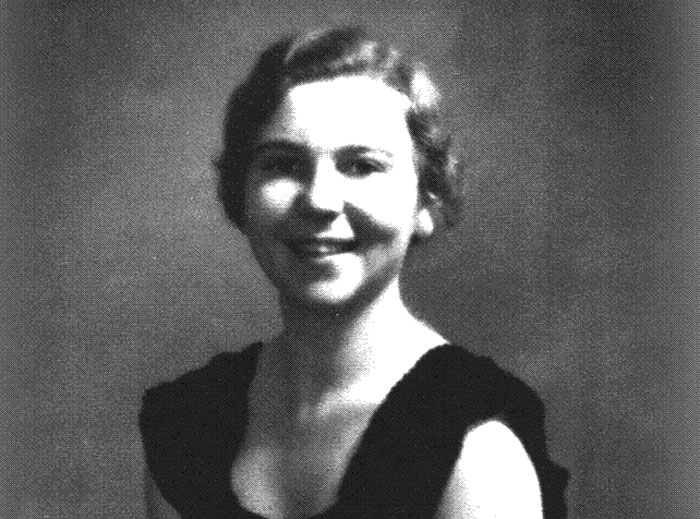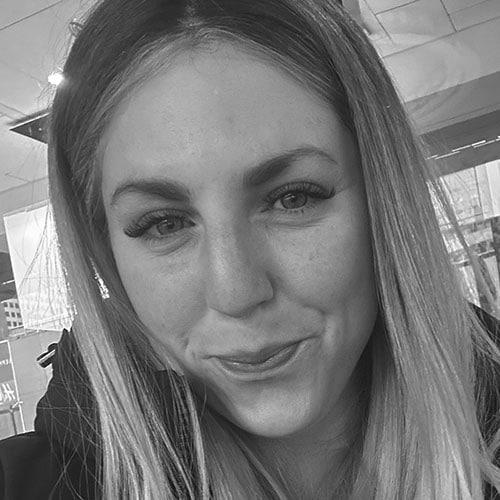 Judith Kaplan Eisenstein
Courtesy Sharon Musher
Judith Kaplan Eisenstein
Courtesy Sharon Musher On March 18, 1922, the first bat mitzvah was held. A 12-year-old girl named Judith Kaplan Eisenstein became the first American girl to enjoy that rite of passage. Since then, nearly one million girls and women, including about 20,000 American girls annually, have marked their bat mitzvah.
To honor this centennial, the Society for the Advancement of Judaism (SAJ) is holding a reenactment celebration on March 17, which will include participants such as Rabbi Sandy Sasso, the first female Reconstructionist rabbi and author of a children’s book about Kaplan Eisenstein, and Chief Program Officer at Moving Traditions, Rabbi Tamara Cohen.
Kaplan Eisenstein was the daughter of the founder of SAJ, Rabbi Mordecai Kaplan. Two years prior to his daughter’s bat mitzvah, women earned the right to vote, and Kaplan believed that Judaism needed to evolve and give women the opportunity to have a coming of age ceremony as well.
The first bat mitzvah was “the beginning of women taking their full place in Jewish life and thus celebrates not only what Judith did when she stepped forward to read Torah, but also highlights all the contributions of Jewish women since.” – Rabbi Lauren Grabelle Herrmann
The first bat mitzvah was “the beginning of women taking their full place in Jewish life and thus celebrates not only what Judith did when she stepped forward to read Torah, but also highlights all the contributions of Jewish women since,” Rabbi Lauren Grabelle Herrmann, creator of the 100th Anniversary Bat Mitzvah celebration told the Journal. “It marks a moment when courageous people like Mordecai and Judith Kaplan took a risk, stepped forward and advanced the future of Judaism and the Jewish people, making our community more welcoming and inclusive of all voices.”
In the weeks leading up to the event, SAJ launched a video diary for Kaplan Eisenstein on Instagram, featuring a Jewish teen actress, Dylan Tanzer. In the vein of the highly popular “Eva.Stories,” a video diary reenactment of a girl in the Holocaust, the Instagram account features Tanzer in a room that looks straight out of the early 20th century, talking about how much she loves to read books and discussions she had about theology with her father.
“If God were an old man sitting up there, I can’t believe in Him,” she says in one post. “[Papa] agreed with me! He said God is not an old man. God is like electricity. You don’t see it, but it works.”
The SAJ is also encouraging women and girls to share their bat mitzvah stories with the hashtag #BatMitzvahat100. Actress Sandra Bernhard posted a photo of herself from her bat mitzvah on Instagram and wrote about how it took place on Purim at a packed house at Beth El Congregation in Phoenix. She gave a speech about feminism and “sang a beautiful Haftorah” she said.
The SAJ and the Jewish Women’s Archive are offering resources like historical background materials, ritual suggestions and study sheets to synagogues around the U.S. so they can hold their own commemorations.
Today’s bat mitzvahs are very different from the first one, where Kaplan Eisenstein learned that she would read verses from the Torah and have a bat mitzvah the night before it happened, according to Herrmann.
“No months of training, [and] no shopping or party planning,” she said. “Judith also read her verses from the men’s section — yes, the first Reconstructionist synagogue initially had a men’s section (how times have changed), and [she] stood a bit of a distance from the Torah.”
In egalitarian communities, Herrmann said there is now no difference between bat and bar mitzvahs. “Girls hold the Torah, read and chant from the Torah, lead the congregation in prayer and teach Torah. As someone who grew up in a non-egalitarian synagogue where different and lower expectations were placed on me, and where I was not allowed to chant from the Torah scroll or lead during a Shabbat morning service, I am so grateful that the vast majority of girls do not have to experience feeling inferior or that their voices mattered less in the Jewish community.”
Though the Jewish community has come a long way over the past 100 years, there is still more work to be done – and we can be change agents if we want, according to the rabbi.
She said, “With this anniversary, we have the opportunity to both lift up the history and voices of women and to stretch ourselves to think about how we can, like Judith and her father, knock down the barriers that still stand in the way of full participation in Jewish life.”























 More news and opinions than at a Shabbat dinner, right in your inbox.
More news and opinions than at a Shabbat dinner, right in your inbox.